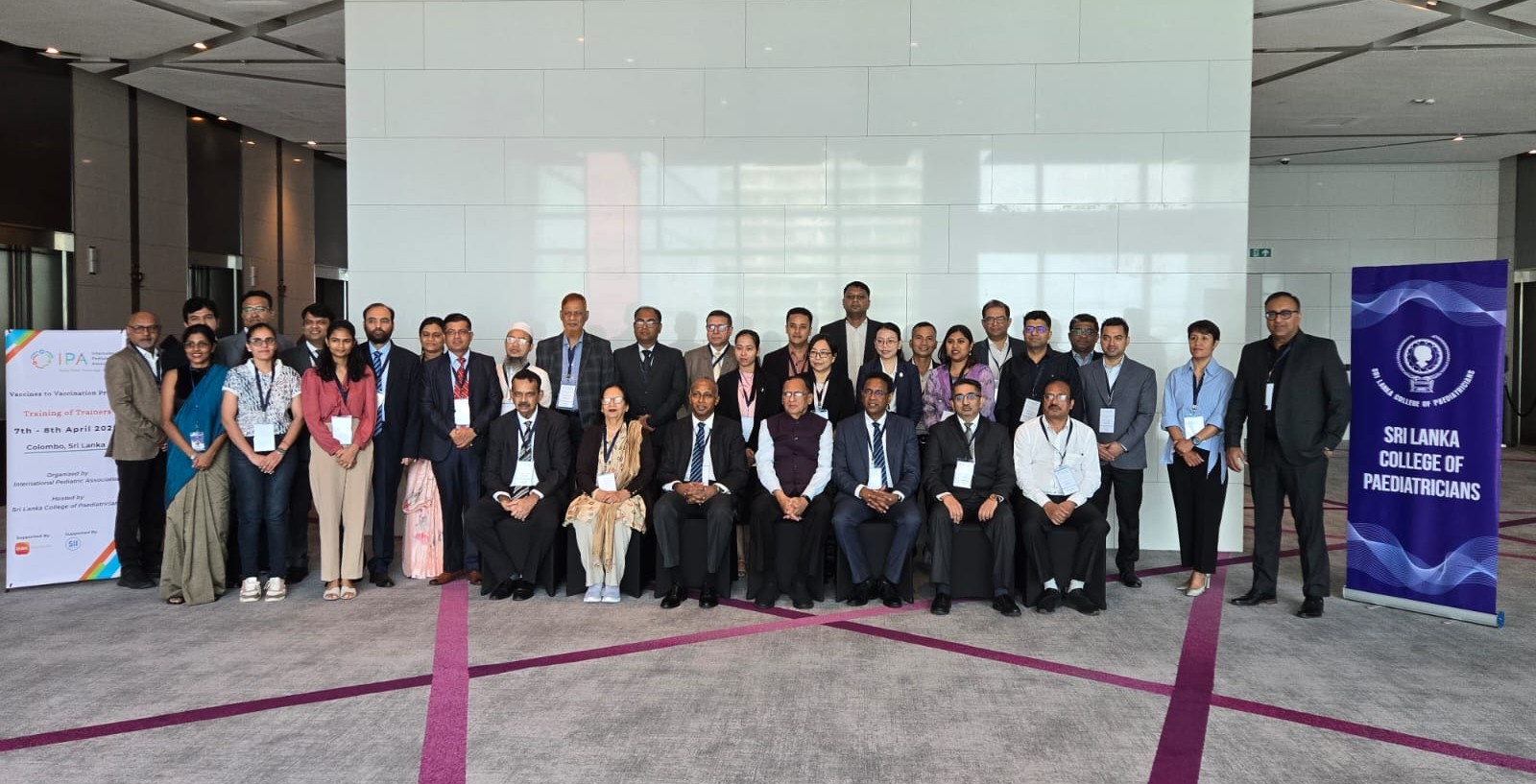Program Lead
Dr. Kasrina Azad
Our Approach
This study will be a cross-sectional mixed-method survey through nationwide school-based community awareness programs with a duration of two years (Sep, 2023- Aug, 2025). The target population for the awareness program at the district level will be school girls (aged 10 to 14 years of age), parents, teachers, local community leaders, and health workers. Audience-specific message material will be provided. The level of understanding will be assessed by in-depth interviews among a subset of the population from every group. A total of 500 schools (approximately 0.5 million population targeted) will be randomly selected covering four divisions (Dhaka, Chittagong, Barishal, Sylhet) of the country. These four divisions were selected according to chronology of HPV vaccination roll out by Bangladesh government for the first phase. School numbers will be determined based on the distribution of schools in each division. Awareness programs in the schools will be conducted through seminars, media statements, awareness and promotional videos. A structured questionnaire form will be given to the participants before the awareness campaign to assess the baseline knowledge and after the program to evaluate the impact of the campaign. After each awareness program, in-depth interviews will be taken among a sub-population of total participants. All categories of educational institutes (Bangla Medium, English Version, English Medium, and Madrasa) will be included. Statistical analyses will be done to evaluate the impact between these groups.
Partners
Upswell
Research Goals
- To reduce the knowledge gap regarding HPV infection, vaccination and cervical cancer
- Enhance HPV vaccination awareness with in the community, particularly among mothers and caregivers.
- Identify and boost key motivational drivers encouraging key audiences to accept or support HPV vaccination.
- Uncover and improve the necessary ability factors leading more girls and young women to vaccinate against HPV.
- Utilize research data to identify any cater to audience segments that require unique messaging or approaches to accept HPV vaccination.
Context
ideSHi will collect two different types of data:
Pre-intervention data:
Pre-awareness baseline knowledge will be assessed by administering structured questionnaire.
post-intervention data:
- In-person survey: At the end of each in-person intervention, ideSHi will work to gather data from people who attended the session.
- Panel survey: Once the social media component has wrapped up in the districts, we will administer the post-intervention survey to our research panel.
- Vaccination Data: Upon completion of the intervention, ideSHi will gather vaccination data from each treatment location so that comparison of vaccination rates across each treatment group can be made.
Impact
School-based HPV (Human Papillomavirus) vaccine awareness programs can have a significant positive impact on public health. Here are some of the key ways in which these programs can make a difference:
- Increased Vaccination Rates: One of the primary goals of school-based HPV vaccine awareness programs is to increase the uptake of the HPV vaccine among eligible students. These programs can provide information about the vaccine, its importance in preventing HPV-related cancers, and where and how to get vaccinated. As a result, more students and their parents may choose to get vaccinated, leading to higher vaccination rates.
- Prevention of HPV-Related Cancers: HPV is a common virus that can lead to various types of cancer, including cervical, anal, and oropharyngeal cancer. By raising awareness about the HPV vaccine in schools, students and their parents can better understand the link between HPV and these cancers and take steps to prevent them through vaccination.
- Long-term Cancer Prevention: HPV vaccination is most effective when administered before sexual activity begins, ideally during adolescence. School-based programs can target this age group, setting the stage for long-term cancer prevention by ensuring that a significant portion of the population is protected against HPV-related diseases.
- Cost Savings: Preventing HPV-related cancers through vaccination can lead to substantial cost savings in terms of healthcare expenditures for the treatment of these diseases. It can also reduce the emotional and financial burden on affected individuals and their families.
- Public Health Collaboration: School-based HPV vaccine awareness programs often involve collaboration between schools, healthcare providers, and public health agencies. This interdisciplinary approach can strengthen the healthcare system’s ability to promote preventive health measures and improve overall community health.
- People will be able to differentiate between fact and fiction and become more conscious in order to weigh the dangers and advantages of the HPV vaccine with the help of uncomplicated, clear information that is simple to understand.
- This campaign will seek to refute myths and boost acceptance of this vaccine by involving parents, local lawmakers, civil society and community leaders, religious leaders, teachers, and media representatives. Programs for HPV vaccination will be more effective and successful if mobilization efforts concentrate on raising awareness, giving accurate information, promoting acceptance, and maintaining demand for the vaccine.
- The cost of the nationwide vaccination campaign will be reduced because to improved health system infrastructure and vaccine provider training, which will also help policymakers create an efficient plan that addresses HPV infection, vaccination, and cervical cancer.
It’s important to note that the success of school-based HPV vaccine awareness programs depends on factors such as the quality of educational materials, parental consent procedures, and community support. Tailoring these programs to local needs and addressing potential barriers to vaccination is essential for achieving their intended impact.






